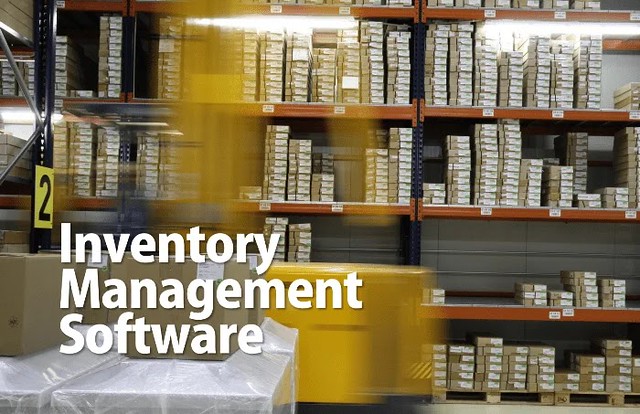Poor inventory management is a frustratingly common problem and is one that can cause severe financial issues for many companies. Often, these struggles are based on outdated ideas or misconceptions that somehow remain common throughout the industry. And as stores like Gamestop struggle to stay afloat, these lessons somehow remain unlearned by many major corporations.
As a result, it is essential to understand the concept of inventory optimization and how it can affect your bottom-line. Let’s explore this idea by taking a look at one of the most common misconceptions of balancing your inventory and how this problem doomed a former retail giant to permanent failure. This story just goes to show that no business is too big to suffer from poor inventory management problems.
Common Misconceptions of Inventory Balancing
Optimization is often a concept plagued with various conceptions and a poor understanding of what it represents. The most common of these myths, as reported by Forbes, is the idea that optimization is focused solely on reducing your inventory. While product reduction is often a critical part of this process, it is a mistake to think that cutting back on stock is always the solution here.
Simply put, there may be a time when you need a large amount of inventory when cutting back on availability would impact your bottom-line. For instance, Christmas is typically the most significant buying season of the year, and lacking proper inventory during this time would eventually cause a devastating loss of income. In this way, optimization is a much more fine-tuned and complex process to understand.
Therefore, it is a good idea to take a look at a few times that big businesses got optimization wrong and how it almost destroyed them. If bad optimization can derail a small business and potentially cause it real problems, poor inventory management on a multi-national level can be devastating. Some companies have lost billions of dollars by making poor optimization decisions at crucial moments.
Learning From Past Mistakes
Though there are many, many examples of poor optimization impacting a business, let’s take a look at how Kmart’s inability to adapt gave Walmart the edge it needed to beat them for good. During the 1990s, Kmart was the biggest large store chain in the world and was facing steep competition from Walmart, a company that had rapidly grown in the ranks to nip right at Kmart’s heels.
During this time, Walmart examined its supply chain planning and found that it could integrate a series of unique processes that allowed its shelves to be stocked more efficiently and more balanced. Instead of cutting back on inventory to maintain a more negligible investment cost, they utilized a method that allowed them to keep their shelves stocked with fresh goods that customers wanted and at a level that met each store’s demand.
By contrast, Kmart stuck to their tried-and-true methods and, slowly, Walmart’s product prices went lower and lower. And their shelves were stocked with fresh goods when Kmart’s were not. This clever implementation of more optimized inventory management pushed Walmart firmly and probably permanently into the significant retail chain store lead – and Kmart has never recovered after filing for bankruptcy in 2002, a victim of their inability to adapt and their inadequate optimization procedures.


Comments are closed.